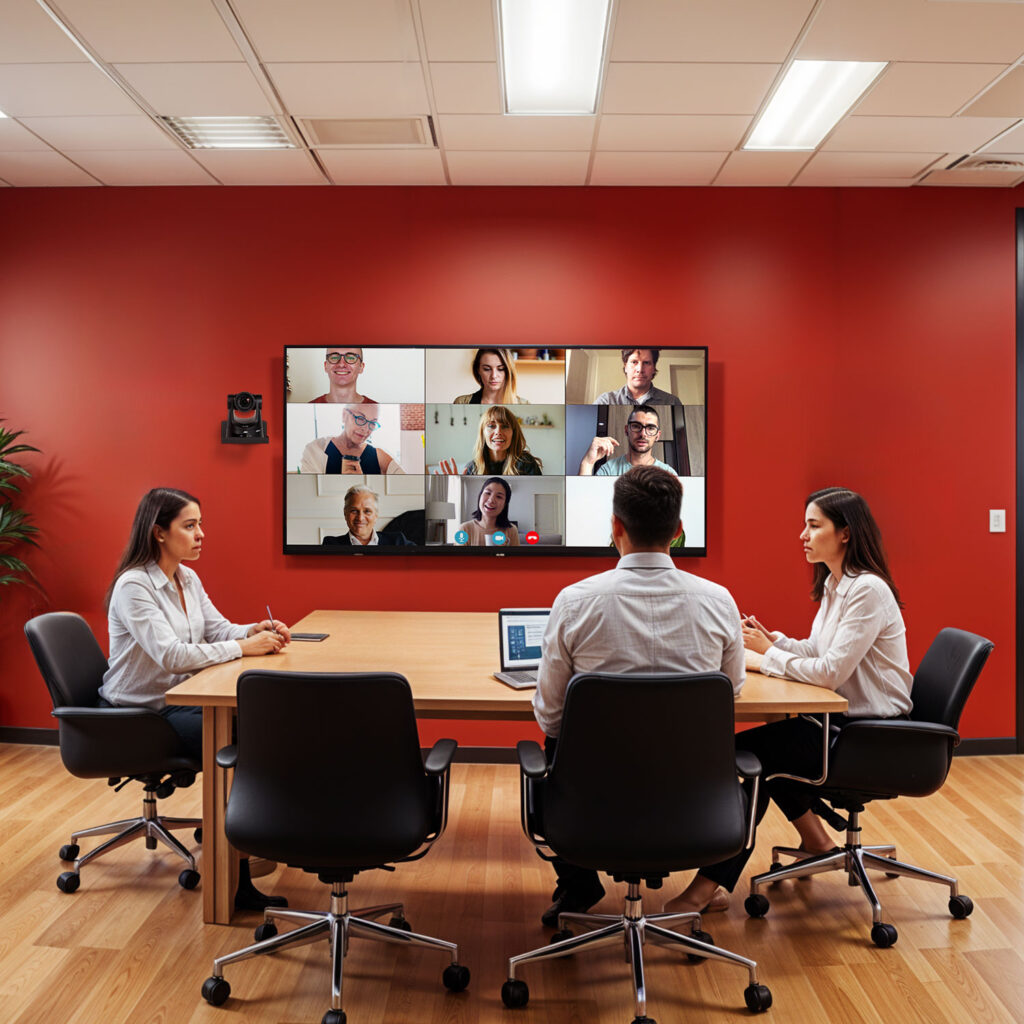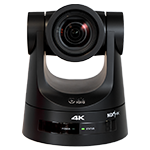Differences between professional, semi-professional and consumer AV cameras: which one to choose?
In a world where video dominates communication, choosing the right equipment makes all the difference. Whether for video conferencing, streaming or content production, understanding the differences between professional, semi-professional and consumer AV cameras is key to investing wisely.
In this article we explore in detail what separates the two worlds, focusing on the central element of any audiovisual solution: the camera.
What is a professional AV camera?
A professional AV camera is designed for less demanding environments such as live corporate events or film sets. These cameras offer:
- They prioritize quality (in all aspects) over price.
- Large camera sensors (From 1'' up to 35mm/full frame.)
- Very high image quality (4K 60fps or higher, HDR and lossless video compression).
- Very powerful and accurate PTZ capability with manual operation.
- Very bright optics and very low noise levels when using gains.
- Customizable colorimetry and white balance settings.
- Remote management by means of protocols such as VISCA, NDI, FreeD...
- Advanced connectivity (SDI, HDMI, IP, PoE.)
- Durability and reliability for intensive use.
- Intelligent functions such as automatic framing or presenter tracking.
These cameras are intended for live events, television broadcasts, video-streaming or even recording.

What is a semi-professional AV camera?
A semi-professional AV camera is designed for less demanding environments such as live corporate events or film sets. These cameras offer:
- They prioritize a good quality/price ratio by sacrificing some quality to obtain almost professional results at a lower cost.
- Medium camera sensors (From 1/3.0'' to 1/2.0'')
- High/good image quality (4K 30fps or lower with lossy video compressions)
- PTZ capability
- Some colorimetry / white balance settings
- Remote management by means of protocols such as VISCA, NDI. ..
- Advanced connectivity (SDI, HDMI, USB, IP, PoE)
- Durability and reliability for intensive use
- Intelligent functions such as automatic framing or presenter tracking.
These cameras are intended for corporate events, videoconferencing, video-streaming or even recording.
What characterizes a consumer AV camera?
On the other hand, consumer cameras (such as some PTZ cameras, webcams, home cameras or smartphone cameras) are intended for personal or casual use. They usually offer:
- They prioritize a low price while maintaining minimum acceptable quality standards.
- Small camera sensors (From 1/6.0'' to 1/4.0'')
- Good/acceptable, but limited image quality (HD or even 4K 30fps with a lot of video compression.)
- They lack optical zoom and have digital zoom (loss of quality).
- Few configuration options.
- Autofocus (Coupled with the poor quality of the sensor, this results in focusing difficulties in low light conditions).
- Basic connectivity (USB or Wi-Fi)
- Lower durability.
They are suitable for informal video calls, personal content or non-critical recordings.
Conclusion: invest according to your needs
The decision between a professional or consumer AV camera depends on your goals. If you need reliability, quality and advanced features for your corporate, educational or production environment, a professional camera is an investment, not an expense.
At Laia, we design professional AV solutions that adapt to every environment. From 4K PTZ cameras to All-in-One solutions for video conferencing, we help you take your audiovisual communication to the next level.
Want help choosing your professional AV camera?
Contact us and one of our experts will advise you without obligation.




